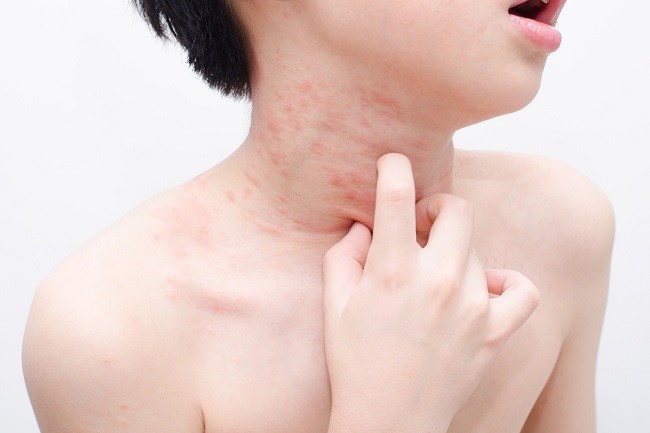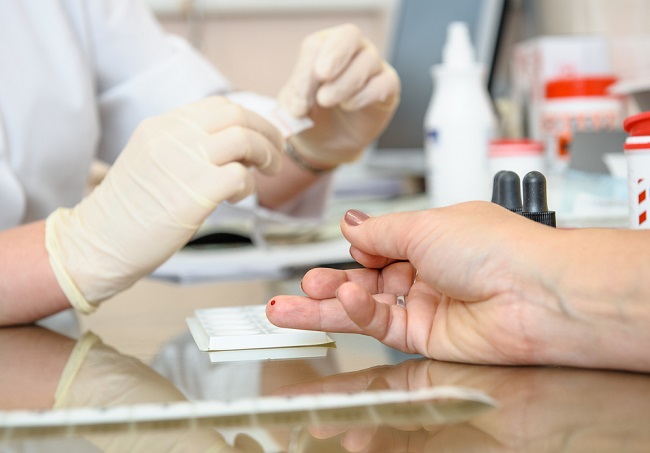As the outermost organ of the human body, the skin has various important functions that are often not realized, such as protecting the body from foreign objects to maintaining a stable body temperature. Because of its function, skin health must always be maintained.
Each individual has a different weight and skin area, depending on height and weight. The average skin weight is 3.5–10 kilograms, while its area is about 1.5–2 square meters. The thickness of the skin also varies, for example, the skin on the elbows is thinner than the skin on the soles of the feet and palms.

Although only a few millimeters thick, the skin consists of several layers of tissue that have their own characteristics and functions.
Facts about Skin as an Organ of the Human Body
There are several facts about skin that you need to know, including:
1. As the body's main protector
As the outermost part of the body, the skin acts as a protector of all internal organs, nerves, muscles, blood vessels, and bones. In addition, the skin also functions to prevent the entry of foreign objects and harmful microorganisms into the body.
2. As a body temperature guard
The skin has many sensory nerves that function to send electrical signals to the brain when it gets temperature and touch stimuli. For example, when exposed to hot temperatures, the body will stimulate the sweat glands to secrete sweat through the skin.
Conversely, when exposed to cold temperatures, the skin will send a signal to the brain for muscles to contract quickly and repeatedly to increase body temperature.
3. Vulnerable to health problems
The role of the skin as a protector makes it very easy to be exposed to harmful substances and germs that cause disease. This certainly has an impact on skin health, especially if the skin is not treated properly. As a result, various skin problems are prone to appear.
Acne is one of the most common skin disorders and almost everyone has experienced it. This condition is generally characterized by red bumps and sometimes accompanied by pus in the center.
Other diseases that also commonly attack the skin are eczema, psoriasis, and rosacea.
4. The structure is multi-layered
The skin consists of three layers, namely the epidermis, dermis, and subcutis. Epidermis as the outermost and thinnest layer serves to protect the body from the outside environment. The second layer is the dermis which consists of blood vessels, hair follicles, collagen fibers, and oil glands.
The next layer of skin is the subcutis, which is the fat layer of the body. This layer includes sweat glands, fat, and connective tissue. The subcutis layer will keep the internal organs of the human body and keep the body warm.
5. As a shaper of skin color
Skin color is determined by melanin. Everyone has the same number of cells to produce melanin in the outermost part of the skin, namely the epidermis. However, the amount of melanin produced in each person is different. The more melanin produced, the darker the skin color will be.
6. His ability to regenerate
Regeneration or exfoliation of dead skin cells naturally occurs every day and the skin layer will be renewed every 28 days. If you want to remove dead skin cells completely, you can exfoliate your skin regularly.
7. Hair and nails is part of the skin
Hair is actually another form of skin that grows all over the body, except for the lips, palms of the hands, and soles of the feet. These fine hairs all over the body function to warm and protect the skin.
Hair on the head serves to keep the body warm and serves as head protection. Meanwhile, hair on the ears, nose, and around the eyes is useful for protecting the body from dust and small particles, while eyebrows and eyelashes will protect the eyes from particles and excess light.
In addition, nails also include other forms of skin. Nails with a hard texture will protect sensitive body surfaces, such as the tips of the toes and hands. Not only protect against injury, nails can also help fingers pick up small objects more easily.
The skin as the largest organ of the human body must always be maintained and cared for. It aims to maintain appearance while optimizing skin function. If you have complaints or have skin disorders, consult a doctor to get the right treatment.









